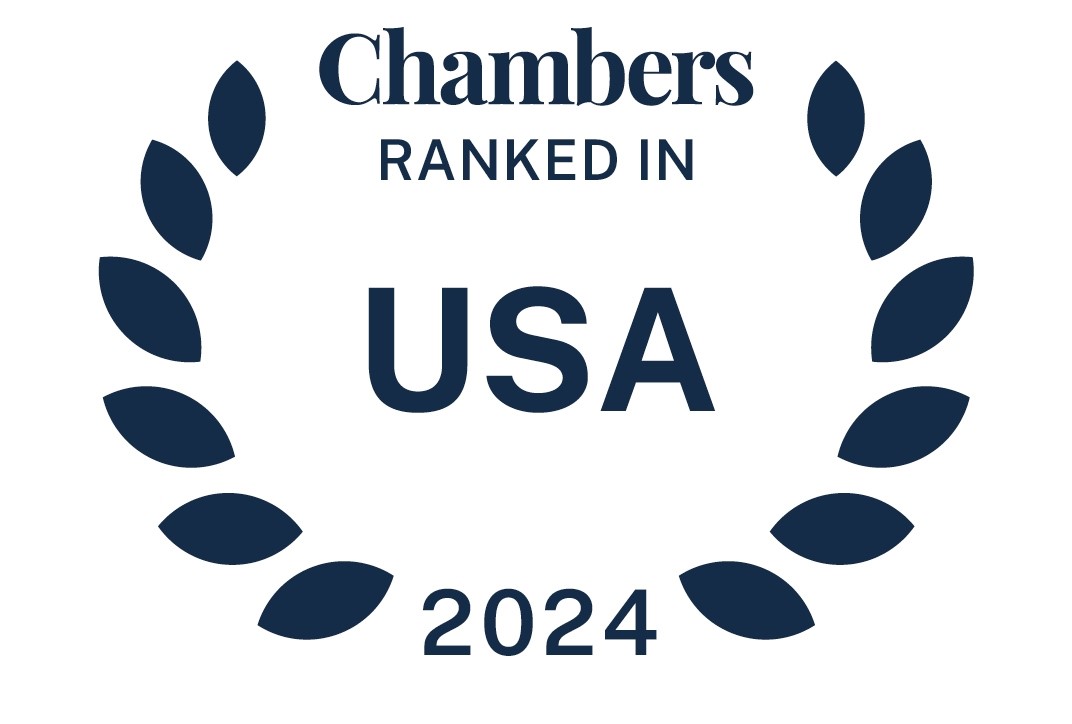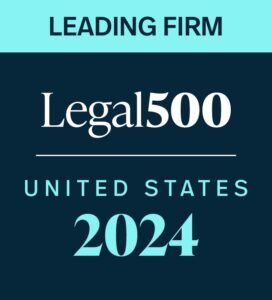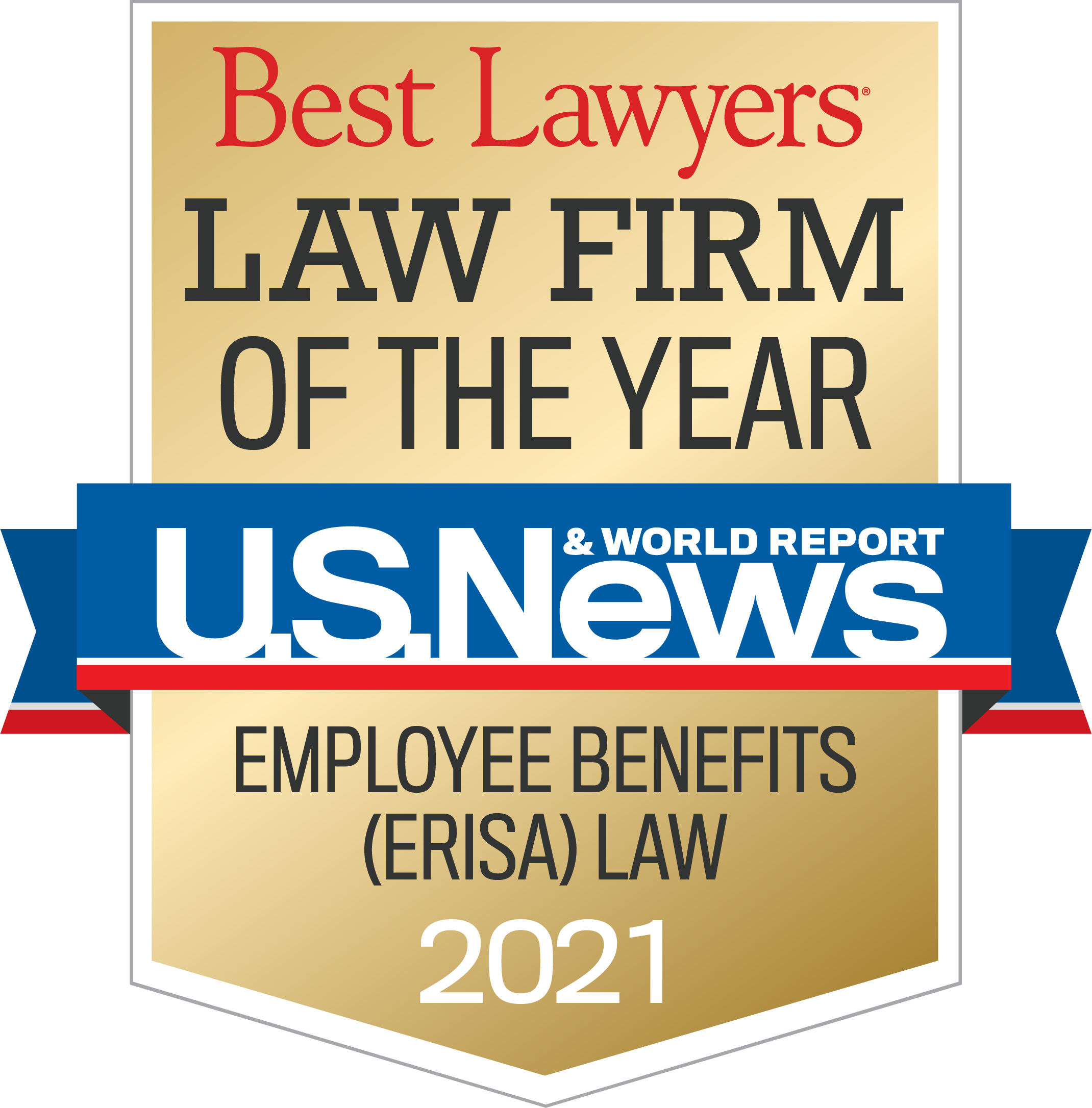by Heather Egan Sussman, Sabrina E. Dunlap and Stephen D. Erf
As an update to our previous blog entry, the National Labor Relations Board (NLRB) has released the private employer notice of rights under the National Labor Relations Act (NLRA). As of November 14, 2011, covered employers must post the 11-by-17-inch notice in a conspicuous place, where other notifications of workplace rights and employer rules and policies are posted. The NLRB states that employers also should publish the notice on an internal or external website if other personnel policies or workplace notices are posted there.
The NLRB has also posted Frequently Asked Questions on the posting requirement, which covers topics such as when employers are covered by the NLRA, and what to do if a substantial share of the workplace speaks a language other than English.
read more


 Subscribe
Subscribe




